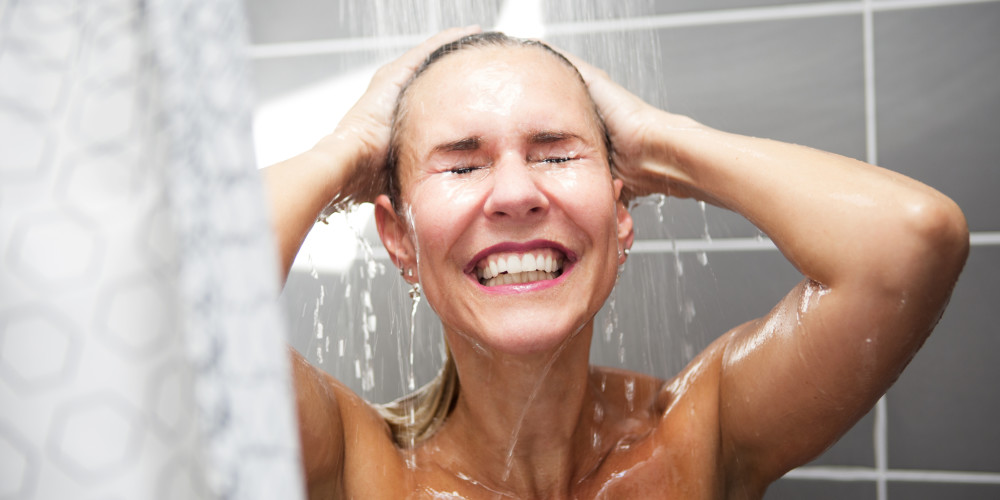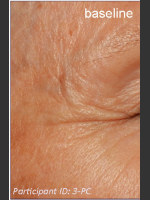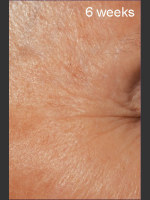Dermatologists Explain Correct Way To Shower

By Chelsea Campbell
There's nothing better than a leisurely, hot shower at the end of a long day, but unfortunately, that comforting habit can be less than ideal for your skin. Yes, it turns out that even a simple task like showering has a right way and a wrong way to be done - but fear not! With a few simple tweaks to your routine, you can maximize your "me" time and get back to having light bulb moments in your steamy stall.
Turn Down the Temp
Hot showers can do wonders for one's morale after a stressful day or on a chilly winter morning. But while they are relaxing and feel good, the hot water actually strips the skin of its natural oils and leads to a dry, itchy, and flaky epidermis. Long, hot showers are even worse if you suffer from eczema, as it aggravates the condition and causes even more irritation. Your best bet, according to some, is to keep the water temperature on the tepid side and to resist the urge to languish for extended periods of time. Once you are done washing your hair and body, it's best to put a cap on the amount of time you spend under the water and step out of the tub. In fact, many dermatologists believe that Americans bathe too frequently, and recommend showering just a few times a week, versus daily.
Bubbles Are Not Always Benign?
Contrary to what most body wash commercials would have us believe, the more bubbles your soap produces, the more drying it tends to be on the skin. Dr. Woolery-Lloyd (based in Miami) tells us, The ingredient in soap that does this is called a surfactant. Surfactants are chemicals that attract both oil and water, she points out. When combined with water, surfactants are able to bind oil and remove these natural oils from our skin. Meaning, all that luxurious lather is actually washing away beneficial oils on our skin that are responsible for keeping dermal moisture balanced.
Try switching to a gentler soap without harsh surfactants like Sodium Lauryl Sulfate (SLS) listed as an ingredient. Body washes with lactic acid as the main cleansing ingredient are a good alternative because of their ability to balance the skin's pH level while still being effective and gentle. Furthermore, Dr. Casey Carlos, dermatologist and assistant professor of medicine at the University of California San Diego School of Medicine, recommends only using soap in areas that tend to need it most, such as the armpits, groin and feet in order to avoid needlessly disrupting the skin's pH levels.
And forget using antibacterial soap: Dr. C. Brandon Mitchell of George Washington University warns that antibacterial soaps are extremely drying and may also strip beneficial bacteria from the skin.
Rinse and Pat?
It may seem like a no-brainer, but always make sure you rinse the soap completely off of your skin to avoid dryness and irritation, which is another mistake that most of us are guilty of making on occasion when we towel off rogue suds that we may have missed. Once you're out of the shower, pat yourself dry with a soft towel instead of rubbing vigorously to avoid potentially further irritating the skin. Dr. Heidi Waldorf, the director of laser and cosmetic dermatology at Mount Sinai Medical Center in New York City, recommends moisturizing immediately after drying off to lock in moisture and leave skin supple and hydrated.
For the best effect, you should aim to apply lotion or body oil within three minutes of toweling off in order to maximize hydration. Next time you go to suds up, remember to turn down the temperature, keep your showers short and less frequent, and use a gentle, sulfate-free body wash. Afterward, pat yourself dry and use a moisturizer immediately.
Now that you know the right way to wash up, you can get back to important tasks - like channeling that million-dollar idea that's just waiting to dawn on you while you're in the shower!


